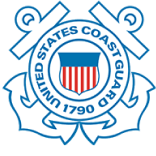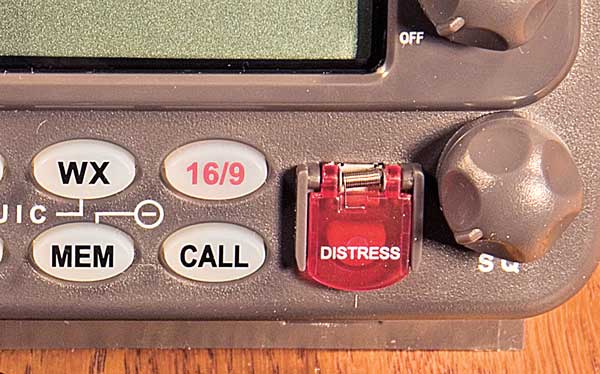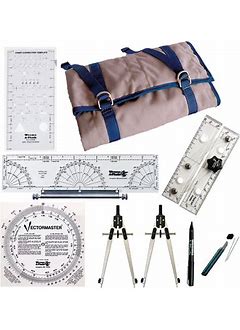1-800-832-7191
Running Aground

Running Aground occurs when there is no longer deep enough water to float a vessel. This likely occurs due to misinformation about water depths, operator error, or a change in the bottom structure of a waterway.
How to Avoid Running Aground?
Unfortunately, running aground is a common occurrence for boaters. But it doesn’t have to be. If you follow these three guidelines, you should steer clear of rocks, sandbars and other underwater hang-ups that’ll bring your happy day of boating to a grinding halt.
First, if you’re boating in unfamiliar waters, take some time before launch to consult a nautical chart of the area. You should also talk to local marinas and boaters to get the inside scoop on local underwater hazards. They know where to go and where not to.
Second, always keep a proper lookout while boating. Not only should you be looking for buoys and markers that indicate shallow waters, but you also need to keep your eyes peeled for shoals and sandbars that can be hard to spot. Did you know that most accidents happen on calm, clear days with light winds? Often it is simply not keeping a lookout that gets boaters into trouble.
Third, always maintain a safe speed. This will allow you the time to take necessary action when you spot an underwater hazard.
Anything else?
A final tip is that if you have a depth finder set a shallow alarm alert. Allow the electronic to give you the heads up if you are in low waters. Above all, remember that a depth finder does not replace the need to always keep a proper lookout. Never rely solely on a depth finder.
Like any accident, the first step is to stop and assess the situation. Are there any serious injuries? Are you in immediate danger? If the answer is yes, contact the authorities on your VHF radio. Then send out a distress signal right away to alert other boaters that you need help. If there are no serious injuries and you’re not in immediate danger, take a moment to check your boat’s hull.
What can you do?
Check for any leaks or motor damage. If so, stay put. Do not venture into deeper water. It’s time to get your boat to shore. Flag down another boater for a tow or radio for assistance.
First and foremost, and if there’s no structural damage, it’s time to try getting your boat loose. Sometimes running aground requires professional help. Other times you may be able to get back on the open water. Consider using one of the following methods.
The first is reversing off. That is to say, put the engine in reverse. While doing so, tilt the engine slightly upward. Try to shift some weight away from where the boat has run aground. Now try to reverse your boat into deeper water.
Subsequently you may be able to push off. If reversing out doesn’t work, turn your engine off. If you have an outboard engine, lift it out of the water. Again, shift some weight away from where the boat has run aground. With the weight off of the grounded part of the boat, use your spare oar or paddles to push off of the bottom. If you ground your boat on a sandbar, there may be enough sand around your boat that you can stand on the sandbar and try to push your boat off.
Other Equipment
You may need to use a kedge anchor. A kedge anchor is a small lightweight anchor that is used to haul a grounded boat off from where it has run aground. Typically, a kedge anchor will be brought from shore in a small dinghy. But it can also be walked out to the location of your boat using a PFD or flotation device as support for the anchor. Once at the boat, attach the kedge anchor to the anchor line, set your anchor securely on the bottom, and use it to pull the boat off from where it is stuck.
Other Resources
Here is a great article on the United States Coast Guard’s Boating Safety page regarding running aground: Aground! | Boating Safety (boatingsafetymag.com)
In conclusion, we are proud to include Running Aground in our CT Boating Certificate Course and our Public Course Schedule can be found by clicking here!




